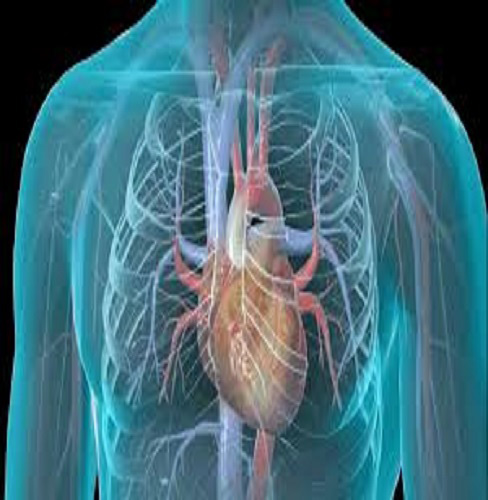It is a type of treatment where a small pipe is inserted through the hand and blockages are removed with the help of balloons and stents. This procedure gives good results but involves some risk. We do advanced angioplasty in Nagpur with maximum safety protocol.
Angioplasty is a procedure to restore blood flow through the artery. You have angioplasty in a hospital. The doctor threads a thin tube through a blood vessel in the arm or groin up to the involved site in the artery. The tube has a tiny balloon on the end.
A coronary angioplasty is a procedure used to widen blocked or narrowed coronary arteries (the main blood vessels supplying the heart).
The term “angioplasty” means using a balloon to stretch open a narrowed or blocked artery. However, most modern angioplasty procedures also involve inserting a short wire-mesh tube, called a stent, into the artery during the procedure. The stent is left in place permanently to allow blood to flow more freely.
Coronary angioplasty is sometimes known as percutaneous transluminal coronary angioplasty (PTCA). The combination of coronary angioplasty with stenting is usually referred to as percutaneous coronary intervention (PCI).


Like all organs in the body, the heart needs a constant supply of blood. This is supplied by the coronary arteries.
In older people, these arteries can become narrowed and hardened (known as atherosclerosis), which can cause coronary heart disease.
If the flow of blood to the heart becomes restricted, it can lead to chest pain known as angina, which is usually triggered by physical activity or stress.
While angina can often be treated with medication, a coronary angioplasty may be required to restore the blood supply to the heart in severe cases where medication is ineffective.
Coronary angioplasties are also often used as an emergency treatment after a heart attack.
In most cases, the blood flow through the coronary arteries improves after an angioplasty. Many people find their symptoms get significantly better and they’re able to do more than they could before the procedure.
If you’ve had a heart attack, an angioplasty can increase your chances of surviving more than clot-busting medication (thrombolysis). The procedure can also reduce your chances of having another heart attack in the future.
A coronary angioplasty is 1 of the most common types of treatment for the heart.
Coronary angioplasties are most commonly performed in people aged 65 or older, as they’re more likely to have heart disease.
As the procedure doesn’t involve making major incisions in the body, it’s usually carried out safely in most people. Doctors refer to this as a minimally invasive form of treatment.
The risk of serious complications from a coronary angioplasty is generally small, but this depends on factors such as:
Serious problems that can occur as a result of the procedure include: